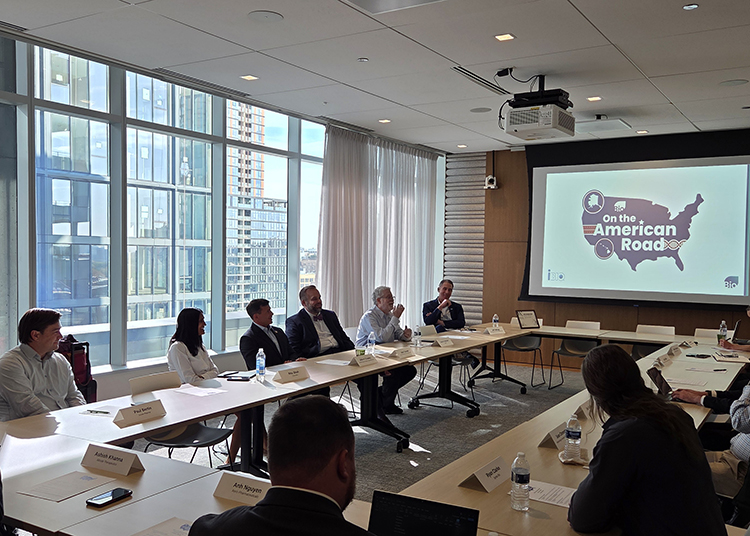The most notable differences between the pharmaceutical market in the U.S. and those in other countries are not in the prices. They’re in the ability of the citizens to access breakthrough innovation.
The U.S. has built a system to ensure that availability of medicines is enabled—not restricted—by the government. The U.S. has a gold-standard regulator in the Food and Drug Administration (FDA), and we have a system designed to bring newly approved drugs to patients in need.
This contrasts with Europe, which lags in the U.S. in every important metric:
- Since 2020, 110 new medicines that launched in the U.S. are not available in Europe.
- This disparity is driven partly by earlier approvals in the U.S. than Europe, but the biggest differentiator is how long it takes European countries to reimburse already approved medicines.
- Of the 173 medicines approved in Europe between 2020 and 2023, an average of only 80—46%—were available to Europeans because of delays in reimbursement.
This has real and immediate consequences for patients in Europe. Take cancer, for instance, where access to new medicines matter … and where better access in the U.S. translates into lives saved.
BIO’s View: The challenge is not only that European countries refuse to pay appropriate prices for medicines. More pernicious is the willingness to walk away from fair prices—leaving citizens to suffer—in many situations.
This makes it difficult to unilaterally ensure that other nations pay value-based prices and underscores the need for intervention around trade policy to create both a level playing field on prices, but also to keep other countries from using those with disease as pawns.




